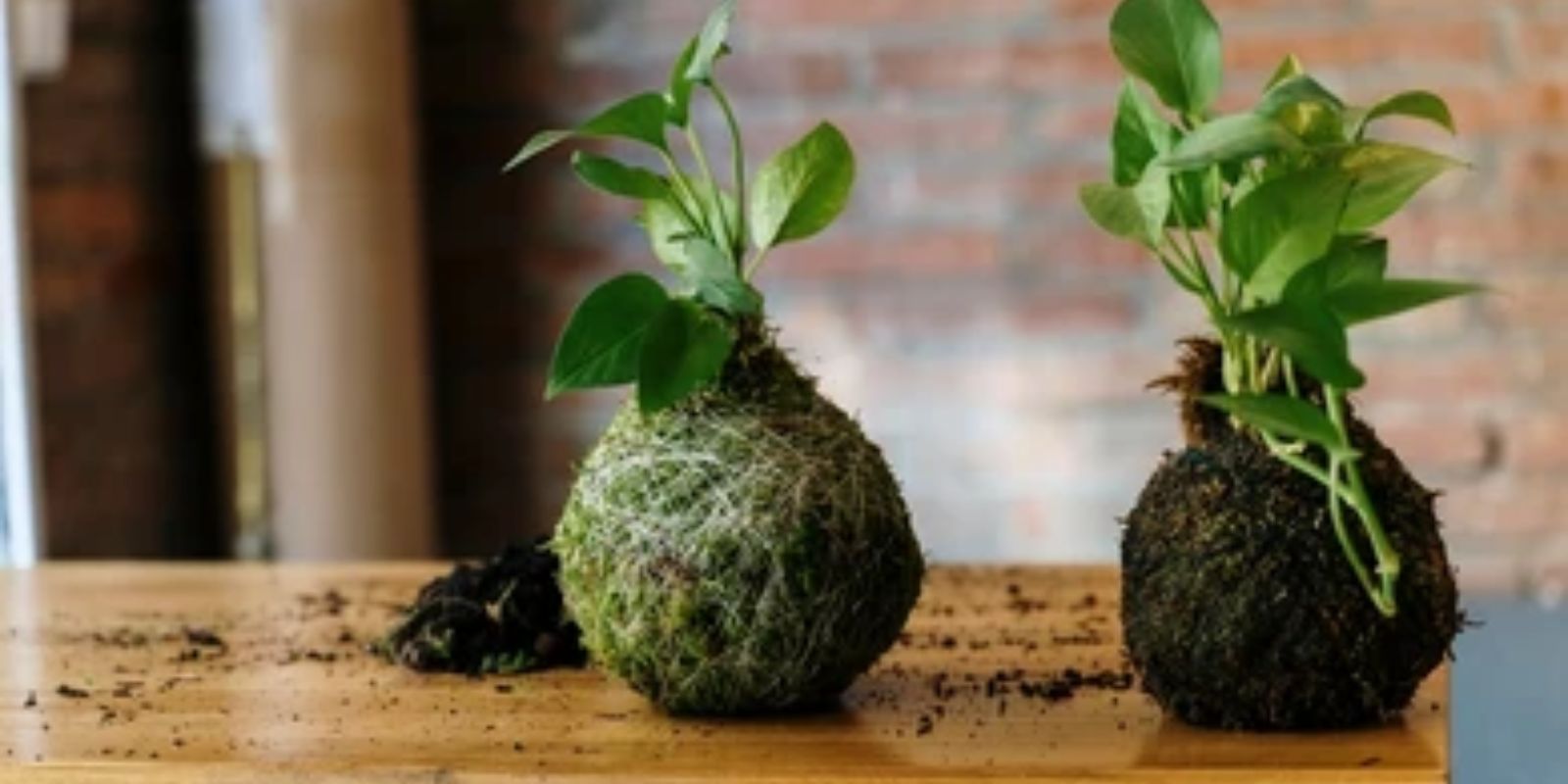Kokedama, an ancient Japanese art form, transforms plants into living sculptures by wrapping their root systems in moss-covered soil balls. This technique not only adds a touch of greenery to your indoor or outdoor space but also creates a unique and artistic display of nature. If you’re looking for a fresh and engaging way to showcase your plants, kokedama might be just what you need. In this comprehensive guide, we’ll explore ten easy kokedama plants and provide step-by-step instructions to help you create your own stunning moss balls.
Introduction to Kokedama
The term “kokedama” translates to “moss ball” in Japanese, and it encapsulates the essence of this captivating plant display method. The process involves forming a soil ball around a plant’s roots, covering it with moss, and securing it with twine or wire. This not only makes for a beautiful decoration but also provides the plant with a functional growing medium. Kokedama is an excellent way to incorporate greenery into your home or garden in a stylish and low-maintenance manner.
1. Choosing Your Plant
The first step in creating a kokedama is selecting the right plant. While many plants can be used, it’s best to choose small, low-maintenance varieties that adapt well to the kokedama environment. Here are a few ideal candidates:
- Ferns: Their delicate, feathery fronds make ferns a popular choice for kokedama. They thrive in the moist, humid environment provided by the moss ball.
- Succulents: Perfect for those who prefer a low-maintenance plant. Succulents like Echeveria or Haworthia are well-suited for kokedama due to their compact growth and minimal water needs.
- Ivy: English ivy is an excellent option for kokedama, providing cascading greenery that adds a touch of elegance to any space.
2. Preparing the Soil Mix
A well-balanced soil mix is crucial for the health of your kokedama plant. Here’s how to prepare it:
- Ingredients: Combine equal parts of potting soil, peat moss, and clay (such as bonsai soil or akadama). This mixture ensures good water retention and drainage.
- Mixing: In a large bowl, combine the ingredients and mix them thoroughly. Add water gradually until the mixture is moist but not soggy. The consistency should be similar to wet sand, which holds together when squeezed.
3. Creating the Soil Ball
Forming the soil ball around the plant’s roots is a delicate process. Follow these steps:
- Remove the Plant: Gently remove the plant from its pot, being careful not to damage the roots.
- Shape the Soil: Take a portion of the soil mixture and mold it around the plant’s roots, forming a compact ball. Ensure the roots are well-covered and the ball is firm but not too tight.
4. Wrapping with Moss
Covering the soil ball with moss gives kokedama its distinctive appearance. Here’s how to do it:
- Select Moss: Choose sheet moss or sphagnum moss. Sphagnum moss is particularly good at retaining moisture, making it ideal for kokedama.
- Wrap the Ball: Gently wrap the moss around the soil ball, covering it completely. Secure the moss in place with twine or wire, ensuring it’s firmly attached but not too tight.
5. Watering Your Kokedama
Proper watering is essential for the health of your kokedama plant. Here’s how to keep it hydrated:
- Soaking: Place the kokedama in a bowl of water and let it soak for about 30 minutes. This allows the moss and soil ball to absorb moisture thoroughly.
- Draining: Remove the kokedama from the water and let it drain before placing it back in its display area. Ensure it’s not sitting in standing water, as this can lead to root rot.
6. Displaying Your Kokedama
The presentation of your kokedama can greatly impact its visual appeal. Consider these options:
- Trays: Place your kokedama on a decorative tray or plate to catch excess water and add a touch of style.
- Hanging: For a dramatic effect, use string or wire to hang your kokedama. This creates a floating effect that highlights the plant’s unique form.
7. Light Requirements
Each plant has specific light needs, and it’s important to place your kokedama in the right spot:
- Ferns: Prefer indirect light. Avoid direct sunlight, which can scorch their delicate fronds.
- Succulents: Enjoy bright, indirect light. Some can tolerate a bit of direct sunlight but monitor for signs of sunburn.
- Ivy: Thrives in bright, indirect light. It can adapt to lower light conditions but may grow more slowly.
8. Pruning and Maintenance
Maintaining the health and appearance of your kokedama involves regular care:
- Pruning: Trim any dead or yellowing leaves to keep the plant healthy and encourage new growth.
- Cleaning: Dust the moss periodically to keep it looking fresh. You can use a soft brush or a gentle spray of water.
9. Fertilizing Your Kokedama
Fertilizing helps promote healthy growth and vibrant foliage:
- Type: Use a diluted liquid fertilizer suitable for your specific plant type.
- Frequency: Apply fertilizer once a month during the growing season (spring and summer). Reduce or stop fertilizing during the dormant period (fall and winter).
10. Repotting When Necessary
Over time, your kokedama may outgrow its moss ball or require fresh soil:
- Refreshing: Every 1-2 years, remove the moss and soil ball, and refresh the soil mixture. Replace any old or compacted soil with fresh soil.
- Reshaping: If the plant has grown significantly, you may need to reshape the soil ball to accommodate the larger root system.
Conclusion
Kokedama is a creative and rewarding way to display your plants. With just a few basic materials and some patience, you can transform ordinary plants into stunning living sculptures. Whether you choose ferns, succulents, or ivy, the art of kokedama offers a unique and personalized touch to your gardening endeavors. Explore the beauty of kokedama and let your creativity flourish!
#Kokedama #MossBallPlants #IndoorGardening #CreativeGardening #PlantArt #GreenThumb #HomeDecor #SucculentLove #GardeningJoy #PlantLovers

